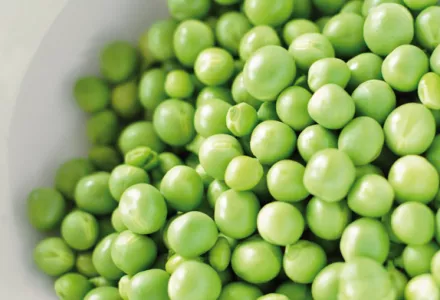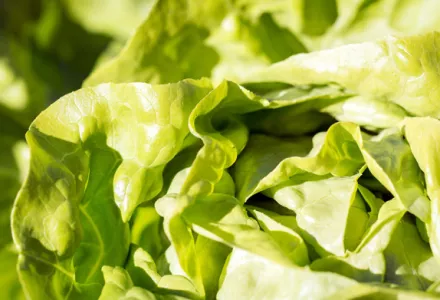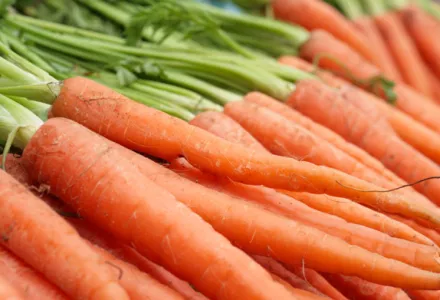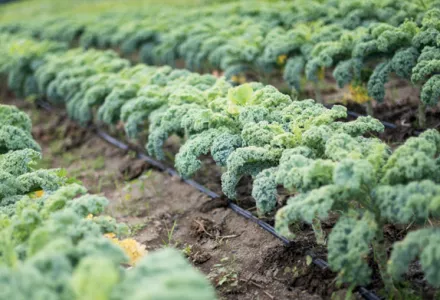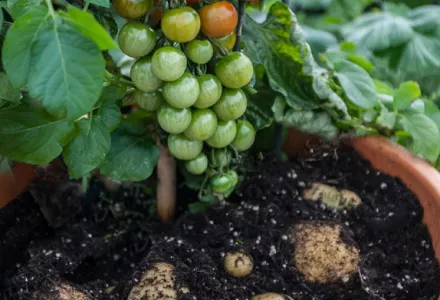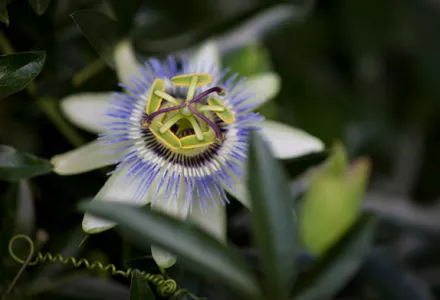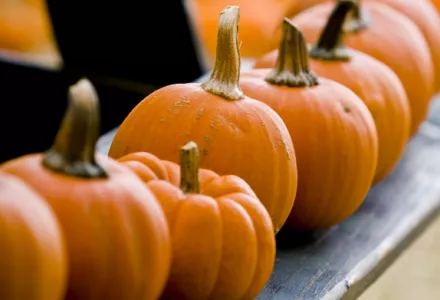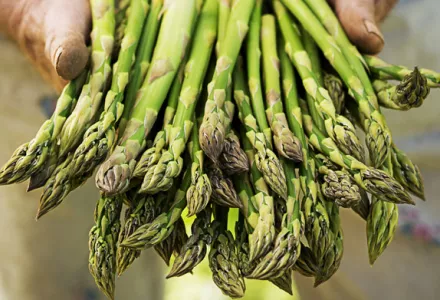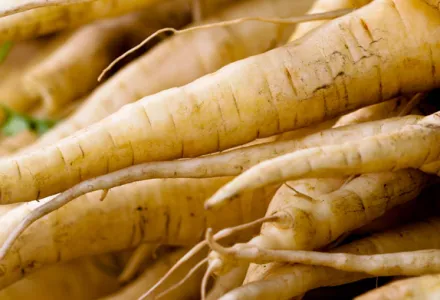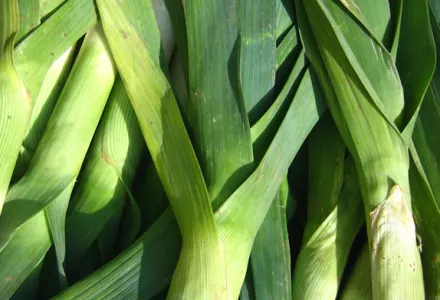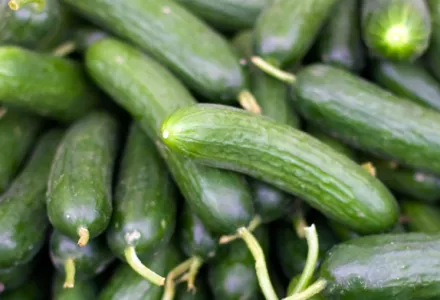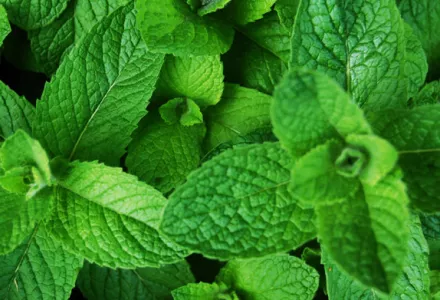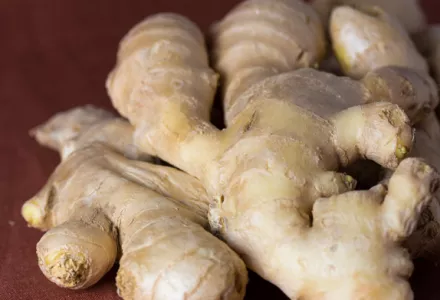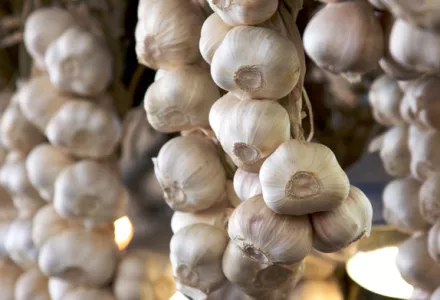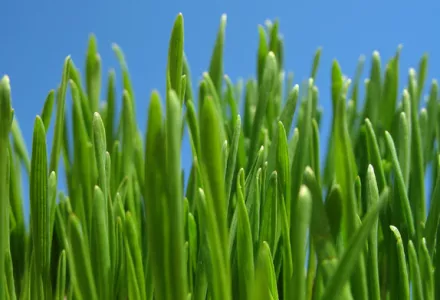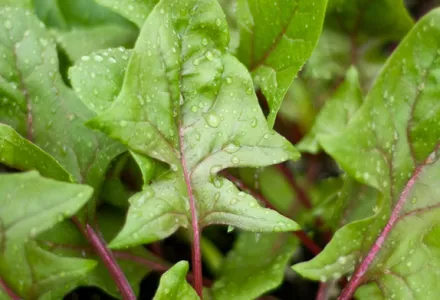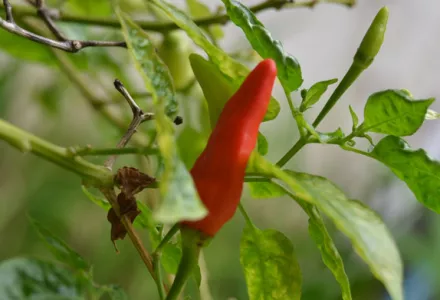A lot of people love tomatoes, but not all tomato-lovers have tried growing this herb-like fruiting vegetable themselves. It can be grown as an annual plant and it is best known as a climbing plant, although the plant was originally a creeper. Tomatoes belong to the nightshade family or Solanaceae, just like cucumbers, peppers and potatoes.
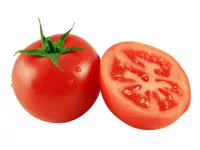
The space you have available for growing tomatoes will often be the determining factor when deciding which variety to grow. Indoor growing is fairly easy thanks to the range of mini tomato varieties. Here, one mini tomato plant only requires a 10 - 15 cm pot. In vegetable gardens, often several different varieties are grown. This is done so that tomatoes can be harvested and eaten practically all year round. Whether you are growing indoors or outdoors, tomatoes are easy to cultivate and harvest.
Tomato varieties
In general, tomatoes can be divided into two varieties: determinate and indeterminate. Determinate tomato plants grow until they have reached a certain height and then stop growing of their own accord. They form one or more vines, which means they stay more compact. The vines of the indeterminate varieties just continue to grow and grow to fill the available space, and will need support.

Harvesting tomatoes
Tomato plants love warmth, and they also need a lot of nutrients. The shape of the fruit often varies, as does the colour. There are red tomatoes of course, but also yellow, orange, salmon pink, striped and even green ones. When harvesting the tomatoes, please be aware that you should not store them in the fridge. Even after harvesting, they love warmth, so please keep them above 10°C.
Benefits

Tomatoes have many positive qualities: they are low in calories and rich in various vitamins, and they contain anti-oxidants in the form of lycopene.
Lycopene is said to protect against cardio-vascular disease and even cancer. As a tomato paste, lycopene can also delay ageing in cells, meaning fewer wrinkles! Lycopene is similar to the colourants that give things like oranges, carrots, salmon, shrimps and flamingos their distinctive pink or orange colours.
Lycopene does not leave the body overnight, but sticks around for some time. If you drink a few litres of tomato juice every day for a long period, your skin can turn orange or pink, just like a shrimp or a flamingo. Carrot juice will have the same – harmless – effect.
Tomatoes contain the following vitamins:
- Vitamin A – essential for the health of all body cells.
- Vitamins B1, B2 and B6 – involved in cell metabolism, DNA-building and the formation of blood cells.
- Vitamin C – essential for the transportation of oxygen and carbon dioxide in the blood.

